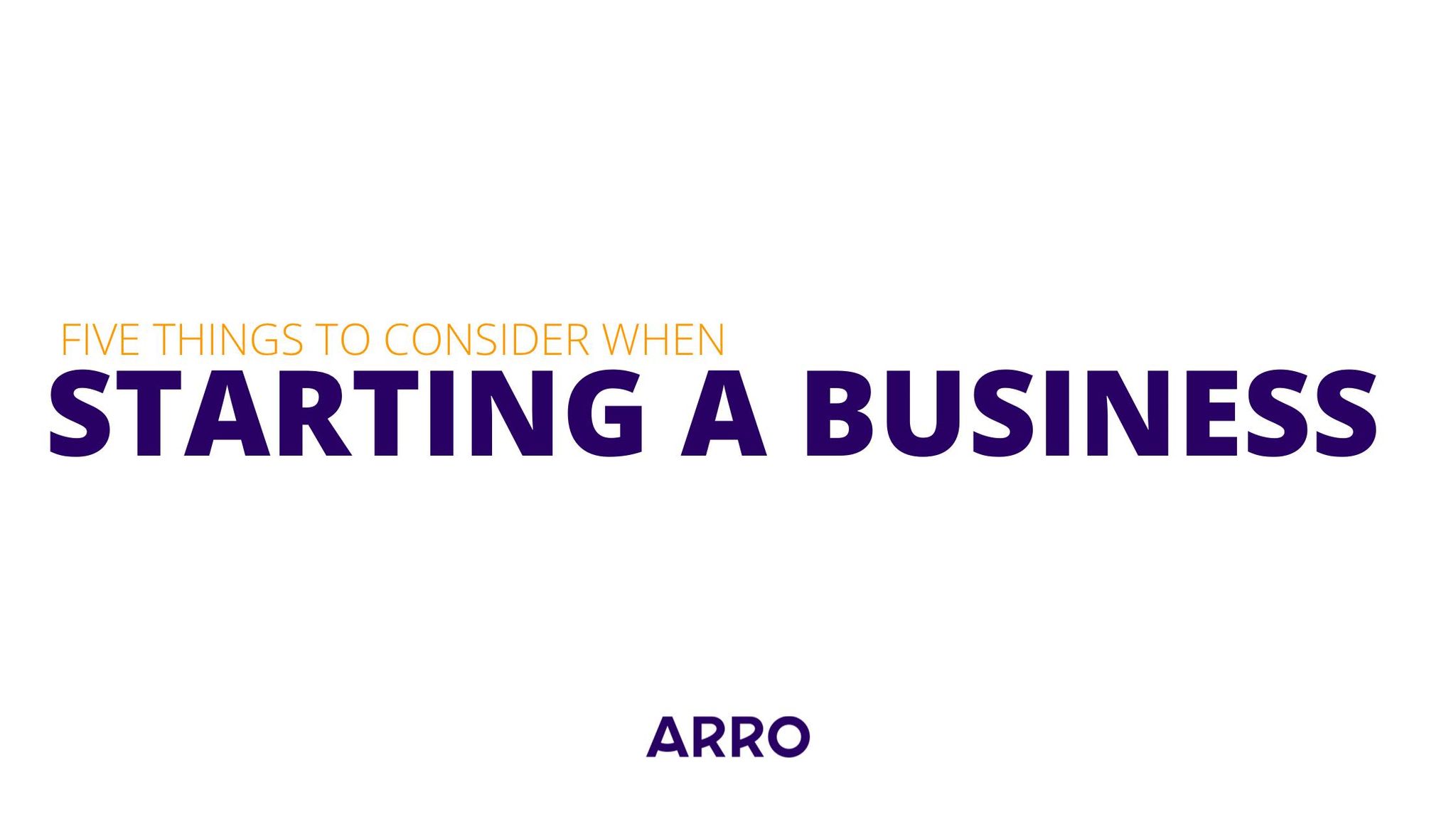Business Structures
Choosing a business structure is one of the most important things to consider when starting a business. There are multiple structures that you may wish to choose from including:
-
Sole Trader:
This is the simplest of structures and it gives you full control of your business. As a sole trader, you have full legal responsibility and control of the day-to-day business decisions, debts, and losses. It is the easiest and least expensive of the structures to set-up.
-
Company:
This is a more complex structure, as it is a separate and distinct legal entity. The structure includes at least one shareholder with the director(s) of the company usually being responsible for making decisions. Small business owners generally structure their company as a propriety limited company (Pty Ltd), which may have certain tax advantages. One disadvantage to this structure, however, can be the legal obligations under the Corporations Act 2001 that are placed on directors, which are wide-ranging and enforceable by ASIC.
-
Partnership:
This can be a simple and cost-effective structure made up of two or more people who divide the income or losses of the business between themselves. Decisions and control of the business are shared between the partners. There are three different types of Partnerships that that can arise:
- General Partnership – all partners share equal responsibility for the management of the business.
- Limited Partnership – partners whose liability is based on the amount of money they have contributed to the partnership.
- Incorporated limited Partnership – partners have limited liability for the debts of the business.
-
Trust:
A trust is a complex and expensive structure where a trustee conducts the business on behalf of ‘members’ of the trust. The trustee is responsible for allocating the businesses profits to the beneficiaries and are legally responsible for its operations.
Supply and Manufacturing Agreements
Agreements between suppliers and manufacturers are a key factor to consider when starting a business.
If your business involves large transactions concerning the production of goods, then you will likely need a manufacturing agreement. This agreement may help to avoid any future legal issues and will govern the legal relationship with your manufacturer.
Supply agreements are similar to manufacturing agreements but may involve the supply of goods for you yourself to manufacture your product.
Such agreements should ideally cover the following matters (amongst others):
- Goods or services being supplied
- Payment and fees
- Delivery, risk and title
- Liability warranty and other legal obligations
- Termination.
Intellectual Property Protection (IP)
Intellectual Property can be a very important asset of a business. It can take many forms, from your technological innovations to the name and logo of your business. However, the one thing that all forms of IP have in common is that they should be protected in order to avoid future legal difficulties (for example, the formal registration of a trademark).
It may also be worth considering structuring your business with a holding company and a trading company. The holding company can own and control the business assets, have limited liabilities and, most importantly, will own the business IP. The trading company, on the other hand, will handle the day-to-day tasks such as entering into contracts and agreements with third parties and dealing with clients, suppliers, and employees and the trading company can obtain a licence from the holding company to use the IP for the business. It then follows that if the trading company gets into legal difficulties and (for example) gets liquidated by creditors then key business assets such as the IP are shielded from such actions as they are owned by the holding company.
Internal Employee Documents
Clear expectations as to the behaviour and expectations of your employees must be clearly identified as you, as their employer, are legally responsible for their conduct whilst at work. This is unless you can establish that reasonable steps have been taken to prevent the conduct from occurring. This can be done through internal documentations such as:
- Work Health and Safety Policies which may address:
- The employer’s obligations
- The workers’ obligations
- How to report hazards
- Injury and incident recording procedures
- First aid procedures; and
- Emergency preparedness.
- Anti-Discrimination, Harassment and Bullying Policies which ensure that your employees are protected from discrimination, harassment and bullying within the workplace by creating an environment that is fair and allows for equal opportunities. Each term, that is anti-discrimination, harassment, and bullying, should be clearly defined with relevant standards upheld within the workplace. The policy should be written in a way that the employee is able to fully understand.
Licensing Agreements
You will need to consider whether the products your business intends to produce or sell require the use of a brand name or trademark or use of a patented technology. In this instance you may need a licensing agreement between yourself and the licensor, who has exclusive rights to the IP, and can grant you the licensing rights to produce your goods or products without you infringing their IP rights.
If you require any further advice or assistance, then please don’t hesitate to get in touch with us.




